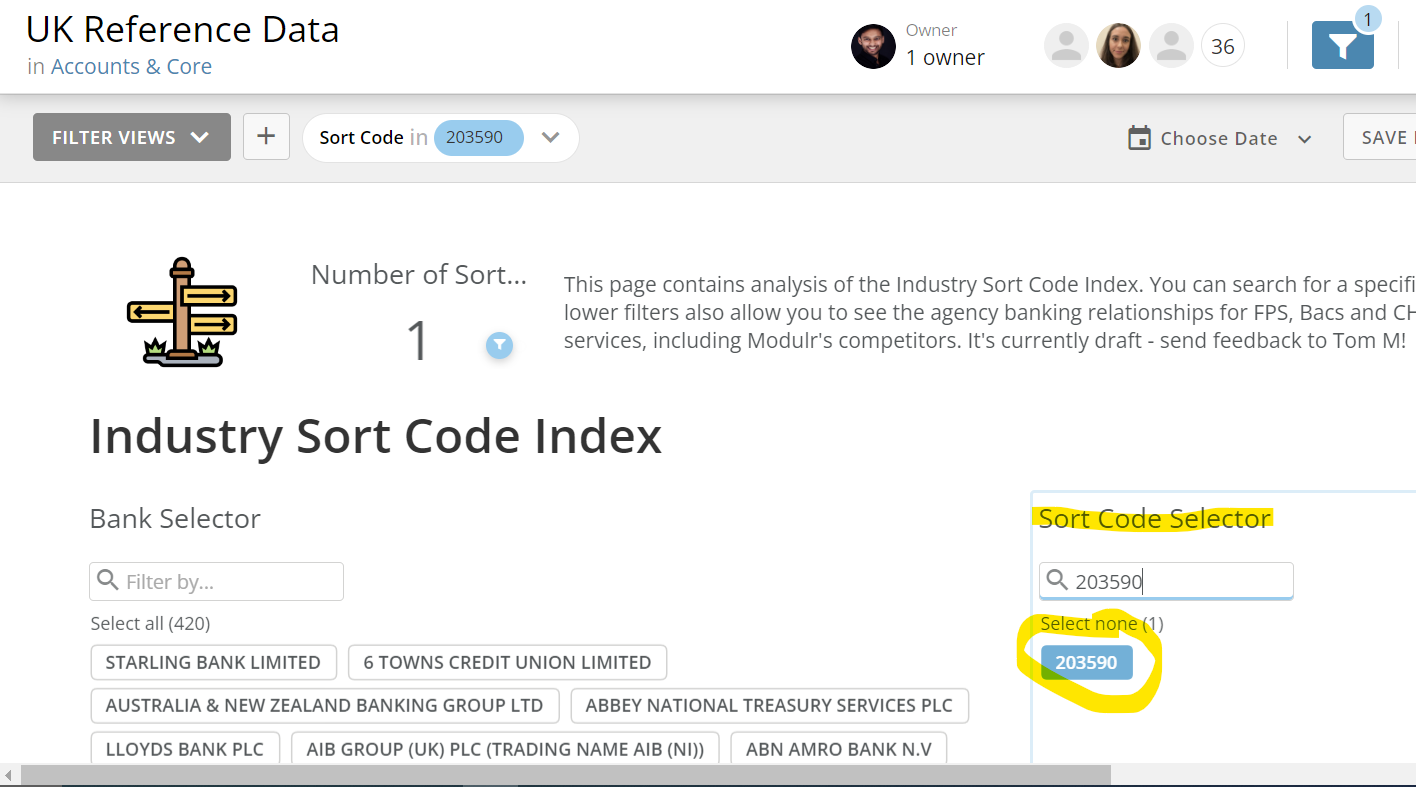On a daily basis, as well as receive a CPR request, our customer support team will ask us to raise a CPR with an OFI on behalf of one of our customers. An example of what this will look like is below:
Customer support will already have requested the customer fill in the template with all the information required, our role is just sending this onto the OFI and communicating with the banks.
The expectation is the information provided is correct, we can verify this using the All Transaction Search metabase query (the PBID is part of the FPID provided in the CS ticket). If the information does not make sense or does not match, ask CS for confirmation from the customer - we want to ensure we pass all due diligence checks from the OFI and our CPR is in scope prior to sending it.
Occasionally, the customer may not provide sufficient reasoning as to what the error has been and why they are unable to retrieve the funds themselves, so, we may need to ask the CS team for this information before we raise the CPR. e.g. we would not be raising a CPR if the intended beneficiary is someone they have a relationship with and can contact themselves.
Raise CPR
In order to raise the CPR, we need to use the information provided by CS and fill out the required template and send it onto the OFI.
1 . We firstly use Freshdesk to raise a new ticket using the ‘Outbound recall - direct access’ template. 
2. This will open the below template and we want to fill out the information in red - we should be able to get all the required information from the CS ticket.
3. While we are filling out the template, we want to also fill out the ‘Outbound CPR’ tab of the CPR spreadsheet. The ‘Modulr Reference’ column is a formula which can be dropped down each time we need a new reference - this is also the subject of the CPR email. 

The column ‘Acknowledgment due by’ and ‘Final response due by’ are also formals which can be dropped down.
4a. Once the template has been filled out we need to figure out what email address to send the CPR claim to. Firstly, using the metabase query above we copy the sort code. 
4b. We then use the DOMO sort code checker to find the correct bank. There are two steps to using the Domo sort code checker, the first part is to find out which bank processes payments to that sort code. On the right hand side, enter the sort code shown on Metabase into the box. It should then bring up a button below the search bar showing the sort code. 
4c. Click on the sort code and then scroll to the bottom of the page to see the bank name. The final thing we need to check here is the FPS Handling bank Code - This is often the same as the bank code, if these match then we can send it directly to that bank, in this example Barclays. 
Occasionally however, the Bank code and FPS Handling bank code may differ. In this case, we would need to refresh Domo and search it again, but this time using the Bank Code Selector box underneath the sort code box. Search the FPS Handling Bank code in this box and then scroll to the bottom of the page where it will show which bank we need to email the outbound CPR claim to.


5. We can then open our Authorised Contacts List to find the relevant email address.
The subject of the email will be the FPR reference from the spreadsheet plus the CS ticket number.
Once this has been completed and we have sent the CPR, it will look like the below example:
Advise Outcome
Once the OFI have investigated our CPR claim they will provide the final outcome, this should be within 20 working days. If we don’t receive the outcome in time, we will need to chase the OFI.
1. Once the OFI reply our ticket will open back into the PayOps queue with a reply similar to the below:
2. We then need to reply on the CS ticket so they can advise the customer. We have the CS ticket number in the subject of the ticket or we can also find it in the CPR spreadsheet. 
Update Spreadsheet
Our last step is the ensure we update the CPR spreadsheet with the outcome:
